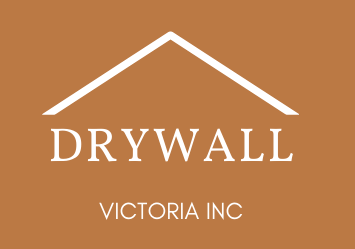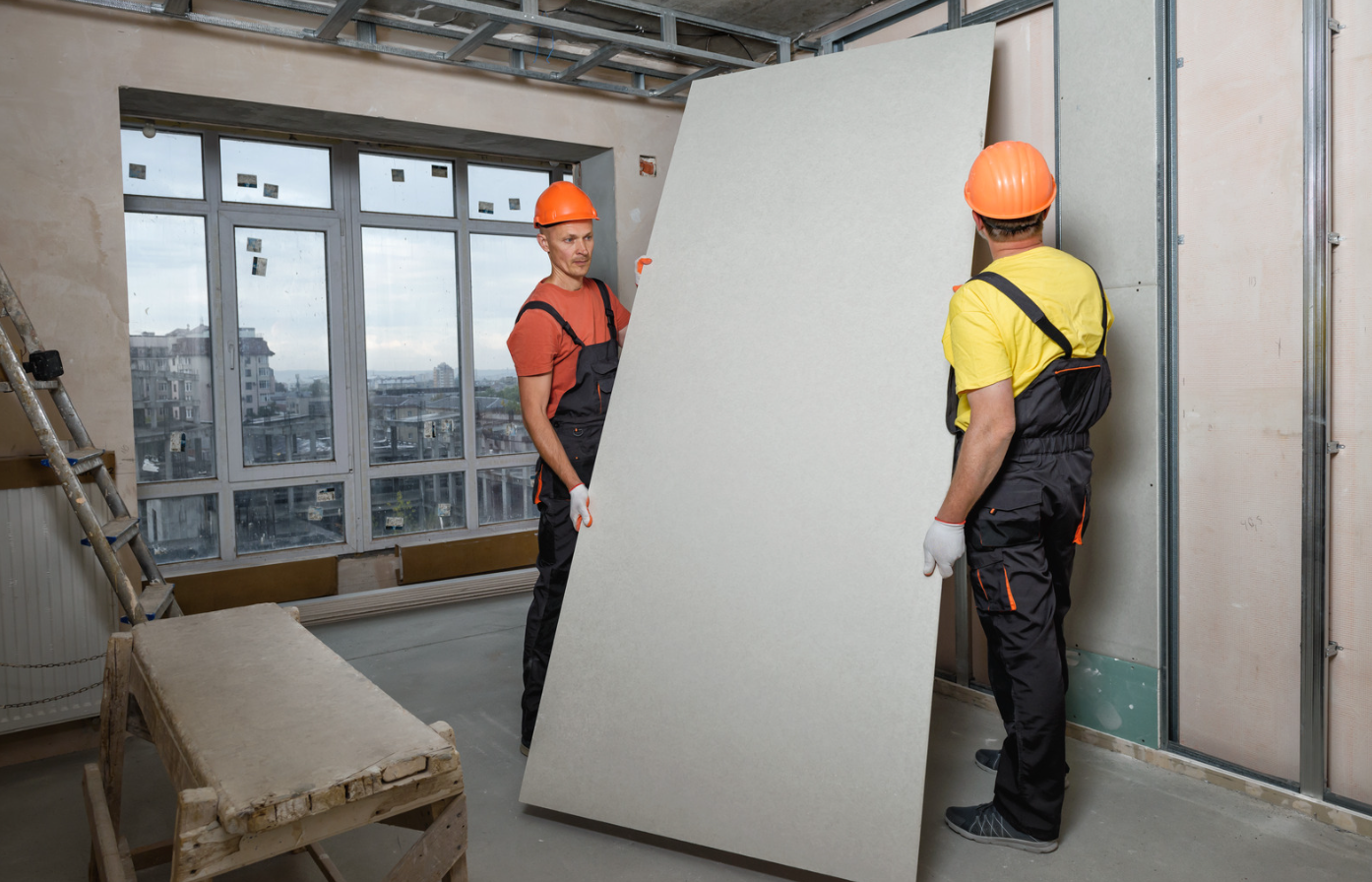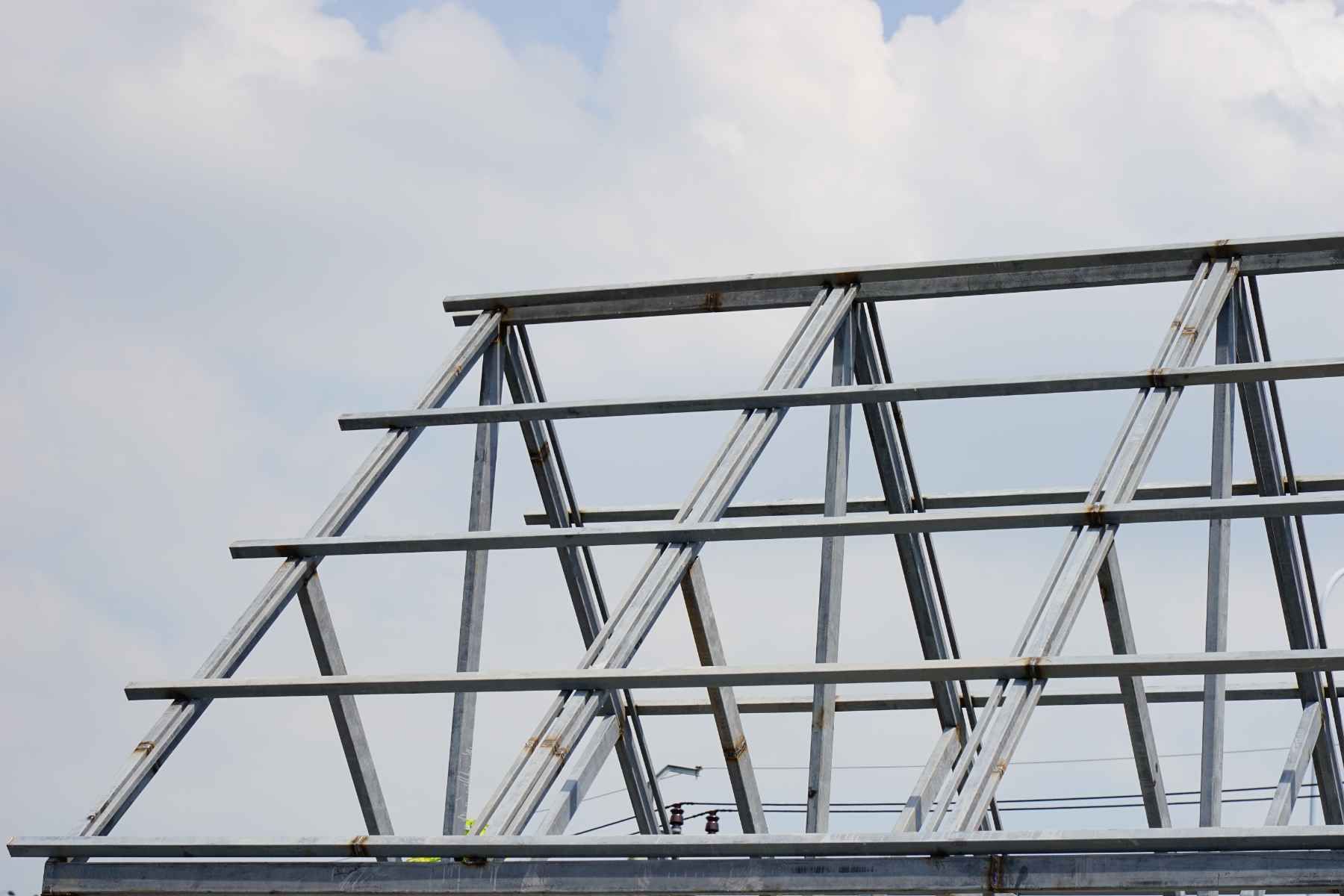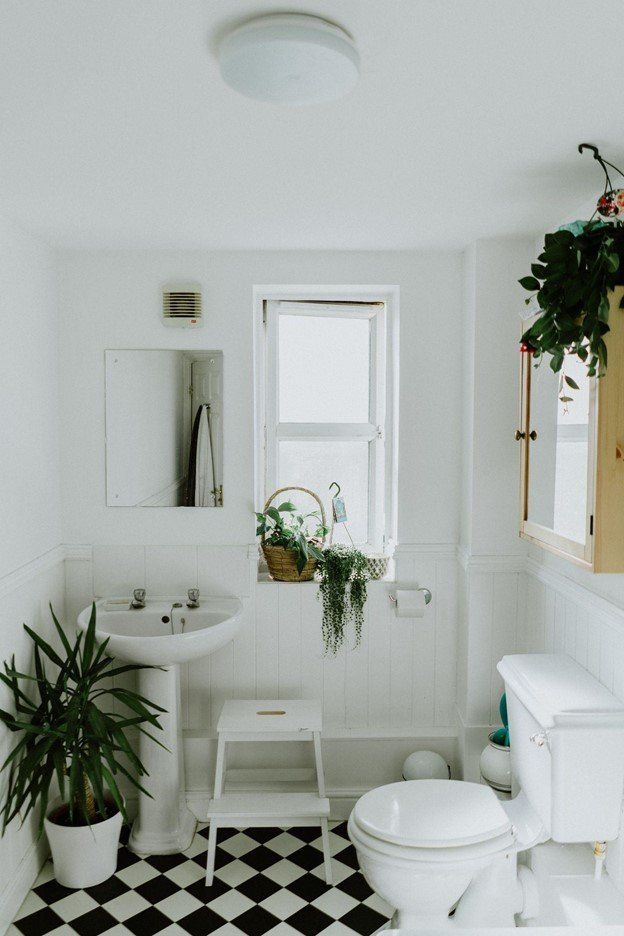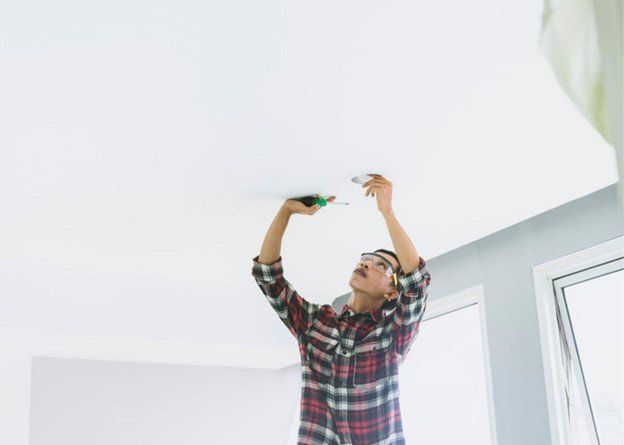
Noticed a crack above your doorframe? A weird bubble under the paint? Or maybe your drywall has seen better days after years of wear and tear? If you’re wondering whether to patch things up or start fresh, you’re not alone. At Drywall Victoria CNL , we get this question all the time: "Should I repair my drywall, or does it need to be replaced entirely?" Let’s break it down simply, so you know what’s best for your home and your wallet.
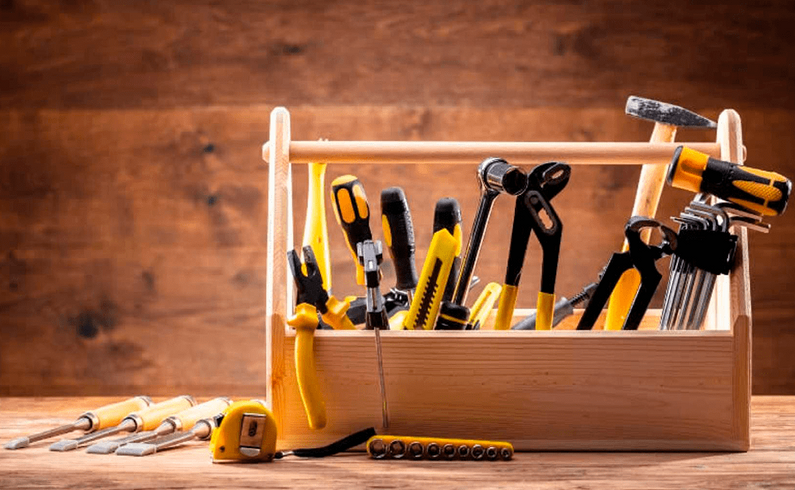
Embarking on a do-it-yourself (DIY) drywall project can be both rewarding and challenging. Whether you're repairing a small hole or tackling a larger renovation, having the right tools and equipment is crucial for achieving professional-looking results. In this guide, we'll outline the essential drywall tools and equipment that every DIYer should have in their arsenal. Utility Knife A sharp utility knife is indispensable for cutting drywall panels to size, scoring and snapping them along straight lines, and trimming edges with precision. Look for a retractable knife with a comfortable grip and replaceable blades for efficiency and safety. Taping Knife Taping knives come in various sizes, but a 6-inch and 12-inch knife are essential for applying joint compound (mud) and smoothing tape during the taping and mudding process. Opt for stainless steel blades for durability and easy cleanup. Drywall Saw or Jab Saw For cutting openings for electrical outlets, light switches, or plumbing fixtures, a drywall saw or jab saw is indispensable. These saws feature sharp teeth designed to cut through drywall cleanly and efficiently. Drywall Screw Gun Driving screws into drywall by hand can be tedious and time-consuming. A drywall screw gun, specifically designed for this purpose, makes the task much faster and more effortless. Look for a screw gun with depth adjustment settings to ensure consistent screw depth without damaging the drywall surface. Drywall T-Square A drywall T-square is essential for marking and cutting straight lines on drywall panels accurately. This L-shaped tool provides a straight edge for scoring and snapping panels cleanly along predetermined measurements. Mud Pan A mud pan is a shallow, flat-bottomed container used for holding and mixing joint compound during the taping and mudding process. Choose a stainless steel or plastic mud pan with tapered sides for easy scooping and minimal waste. Sanding Block or Pole Sander After applying joint compound, sanding is necessary to smooth out imperfections and achieve a seamless finish. A sanding block or pole sander fitted with fine-grit sandpaper is ideal for this task, ensuring smooth, uniform results without damaging the drywall surface. Corner Trowel To achieve clean, crisp corners when taping and mudding inside corners, a corner trowel is indispensable. This specialized tool features a narrow blade designed to fit into tight spaces and create smooth, straight edges along corners. Drywall Lift (Optional) For larger projects or ceiling installations, a drywall lift can be a game-changer. This mechanical device holds drywall panels in place, allowing a single person to lift and position panels accurately without assistance. While not essential for small-scale DIY projects, a drywall lift can significantly reduce strain and simplify the installation process for larger jobs. With the right tools and equipment at your disposal, tackling a DIY drywall project becomes much more manageable and enjoyable. Whether you're patching a small hole or renovating an entire room, investing in high-quality tools designed specifically for drywall work will help you achieve professional-looking results and save time and frustration in the process. If you ever get in over your head on your project, don't hesitate to call us. Our drywall installation and repair experts are always ready to help!
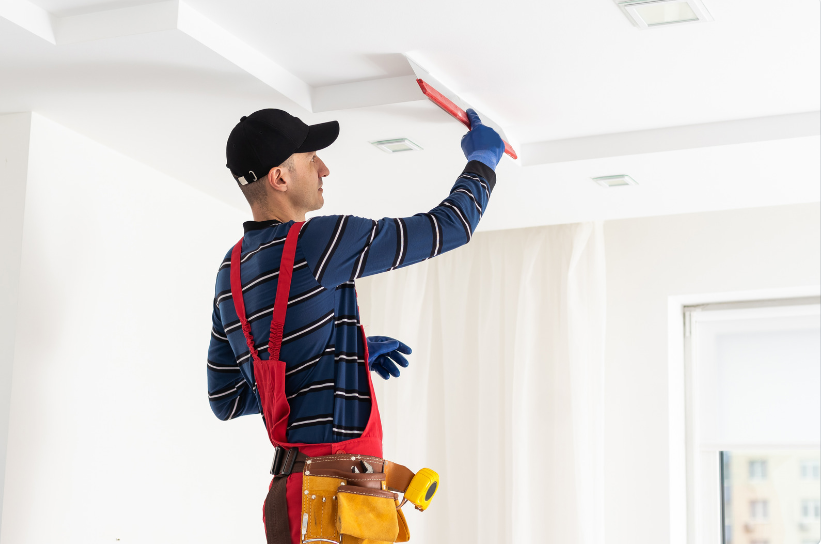
The process of finishing and taping drywall is a critical step in achieving smooth, seamless walls and ceilings in any construction or renovation project. While it may seem daunting to novice DIYers or even experienced contractors, mastering the art of drywall finishing and taping can significantly elevate the quality of your interior spaces. In this guide, we'll explore essential tips and techniques to help you achieve professional-grade results. Prepare the Surface Before beginning the taping and finishing process, ensure that the drywall surface is clean, dry, and free of dust or debris. Use a drywall sander or sanding block to smooth out any rough patches or imperfections, and wipe down the surface with a damp cloth to remove excess dust. Choose the Right Tools and Materials Investing in high-quality tools and materials is essential for achieving professional results. Here are some essential items you'll need: Drywall tape (paper or fiberglass mesh) Joint compound (mud) Drywall knives (4-inch, 6-inch, and 12-inch) Corner tools (inside and outside corners) Sandpaper or sanding sponge Trowel or mud pan Apply the Tape Start by applying drywall tape over the joints between the drywall panels. Paper tape is the traditional choice and is applied by embedding it into a thin layer of joint compound. Fiberglass mesh tape is another option, which is self-adhesive and requires less initial mud application. Feather the Edges When applying joint compound over the tape, use a wide drywall knife to feather the edges and blend them seamlessly into the surrounding drywall. Apply multiple thin coats of mud, allowing each layer to dry completely before sanding and applying the next coat. Use the Right Techniques Apply even pressure when smoothing out the joint compound to avoid creating ridges or bumps. Use long, smooth strokes with the drywall knife to achieve a uniform finish. For inside corners, use a corner tool to apply and feather the joint compound smoothly. For outside corners, apply a corner bead and use a corner tool or trowel to embed it into the joint compound. Sand Between Coats After each coat of joint compound has dried, lightly sand the surface with fine-grit sandpaper or a sanding sponge to smooth out any imperfections or rough patches. Be careful not to sand too aggressively, as this can damage the drywall and create uneven surfaces. Prime and Paint Once the final coat of joint compound has dried and been sanded smooth, it's time to prime the surface before painting. Primer helps seal the drywall and provides a smooth base for the paint to adhere to. Choose a high-quality primer suitable for drywall and allow it to dry completely before applying paint. Practice Patience Drywall finishing and taping require patience and attention to detail. Rushing the process or applying too much joint compound can result in uneven surfaces and visible seams. Take your time and focus on achieving smooth, seamless results with each coat of mud and tape. Mastering the art of drywall finishing and taping is essential for achieving professional-grade results in any construction or renovation project. By following these tips and techniques, you can transform ordinary drywall surfaces into smooth, seamless walls and ceilings that enhance the beauty and functionality of your interior spaces. If you need a little help with a project, don't hesitate to call the drywall installation experts at Drywall Victoria !
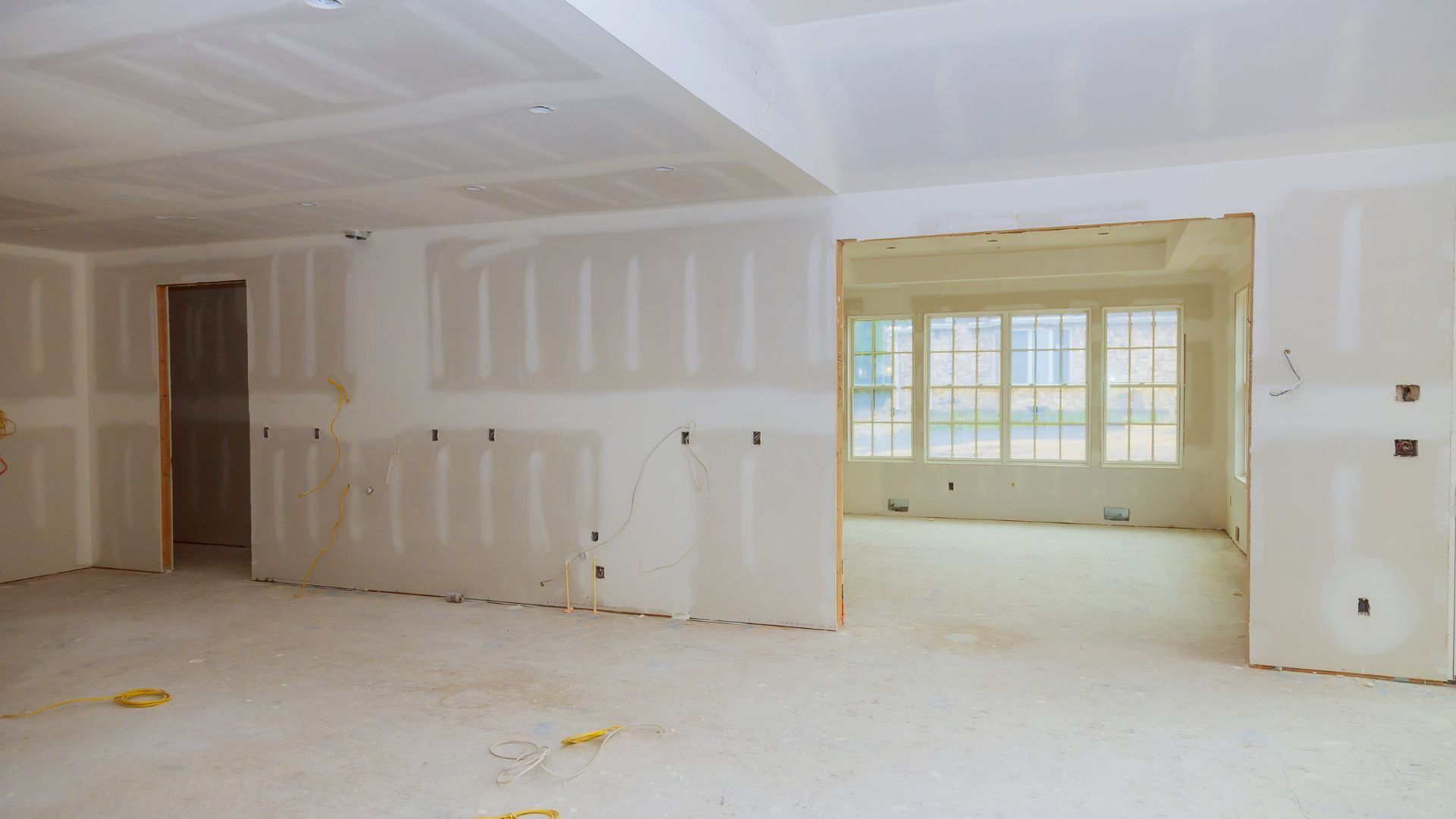
Drywall is one of the most popular wall coverings available today. While there are many advantages that cause this popularity, its durability is not one of them. Drywall is much easier to damage than more archaic wall coverings like plaster or wood paneling - if you have lived in a home with drywall for very long, you have undoubtedly encountered a dent, crack, or even a significant hole. Fortunately, drywall is also fairly easy to repair. The same mud-and-tape method that is used to hide joints between drywall sheets during installation is just as effective at concealing even the most extensive repairs. So when the inevitable hole is made in your walls, don’t fret. Here are a few basic drywall repair techniques that will make your walls look like new in no time: Small Holes and Dents When you remove a nail from a wall, it will always leave a small hole. Likewise, door handles, furniture, and energetic children are notorious for leaving small dings in drywall. These common issues are very simple to fix. All it takes is a little bit of patching compound! If there is material sticking out from the wall, you can either trim it to be flush with the wall or use the handle of your putty knife to make a small dent in the wall. Then simply fill in the hole and/or dented area with self-priming patching compound, smooth it with a putty knife, and allow it to fully dry. After a few brushstrokes of paint, you won’t be able to tell there was ever a hole! Cracks Cracks appear in drywall for a variety of reasons. While some are a sign of more serious issues like foundation problems, most are caused by the normal expansion and contraction of wood framing. If the crack is open, it can be filled with patching compound just like a small hole. We then recommend coating the area with crack-repair spray to help the repair last as long as possible. Once the spray is fully dry, simply paint the area to match. Large Holes When accidents happen, they can leave large, unsightly holes in your walls. If the hole is larger than about ½” in diameter, patching compound alone will not solve the problem. Holes less than 6” in diameter can be fixed using a self-adhesive mesh patch. Simply smooth the outer edges of the hole, attach the patch to the wall, and cover it with two or three layers of patching compound. The largest holes will require new drywall to be cut and fitted into the hole. An area larger than the original hole may need to be removed from the wall so that the new drywall can be screwed into at least one stud (two studs, if possible). The process for these repairs is almost identical to the process for installing new drywall - once the drywall is secured, the edges are joined with layers of drywall compound and tape, sanded until smooth, and retextured to match the rest of the wall. If you want more information on this process, be sure to check out our blog post on The Basics of Drywall Installation!
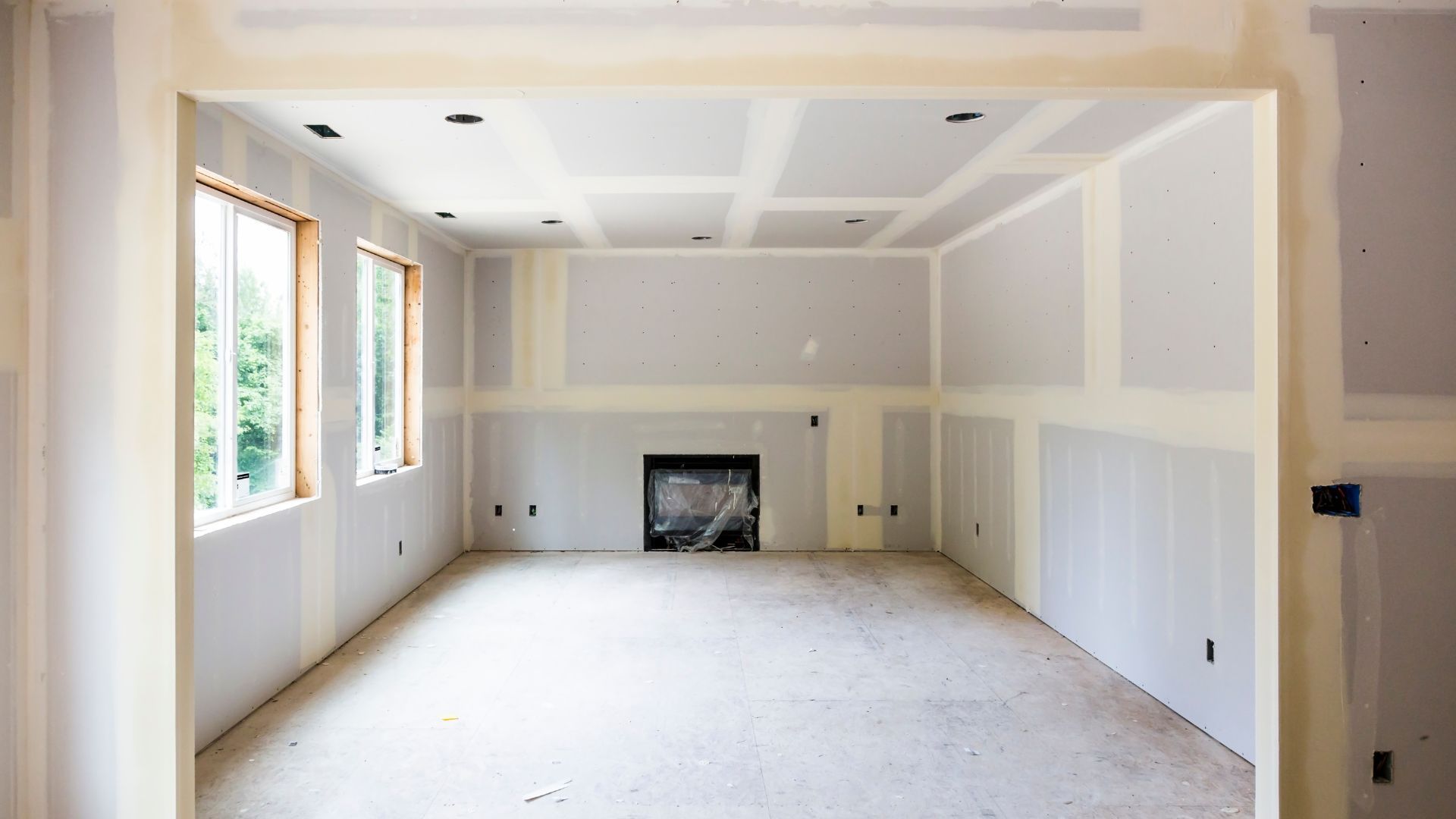
Most of us have a basic understanding of what drywall is. We are surrounded by it most of our lives, after all! When it comes to how those drywall walls got there, however, most people don’t know much. If you’ve ever been curious about the process of creating walls out of drywall, this guide is for you! Drywall installations happen in two major steps: hanging and smoothing. Drywall is sold in large sheets that, while great for covering large areas quickly, will never exactly match the dimensions of a room. The very first task during a drywall installation is therefore to measure, plan, and cut the drywall sheets where needed to fit the wall. Cuts must be made not only for corners, windows, and doors, but also for electrical outlets, air vents, and any other openings you may need. Once the drywall pieces are ready, it is time to secure them to the wall. Starting in one corner of the room, we apply drywall adhesive to the studs that will be covered by the first sheet. The drywall is lifted into place, pressed against the adhesive, then secured with drywall screws. Screws must be evenly spaced to prevent issues in the future, and the best practice is to start from the center of the drywall sheet and work out to the edges. This process is continued, sheet by sheet, until the entire room (and ceiling, if needed) are covered. There will be small gaps between each sheet of drywall at this point - these are necessary to prevent cracks as the building expands and contracts. We don’t want these gaps to be visible, however, which brings us to the next major step: smoothing! Creating a smooth, solid surface requires several coats of drywall compound (also known as “mud”) and tape. Each gap is filled with a thin layer of drywall mud, covered with drywall tape, then smoothed over with another layer of mud. These first two coats of drywall mud must be allowed to fully dry before the final layer can be added. There will also be indentions where the screws that hold up the drywall are - these are also filled with drywall mud. Once everything is dry, a final coat of drywall mud is applied to the gaps between sheets and to any screws as needed. We then wait for everything to dry one final time. The walls are now seamless, but they aren’t as smooth as they should be yet. There is one final step to get the drywall ready for painting - sanding. Using increasingly fine grits of sandpaper, we gently sand everywhere we applied drywall mud until it is smooth to the touch. After we have cleaned up the dust created by sanding, the drywall installation is complete and you are ready to paint! Basic drywall installation is a straight-forward process, but to do it well requires technical skills and great attention to detail. For sturdy, seamless walls that perfectly accentuate your interior decor, call our drywall installation professionals for your next project!
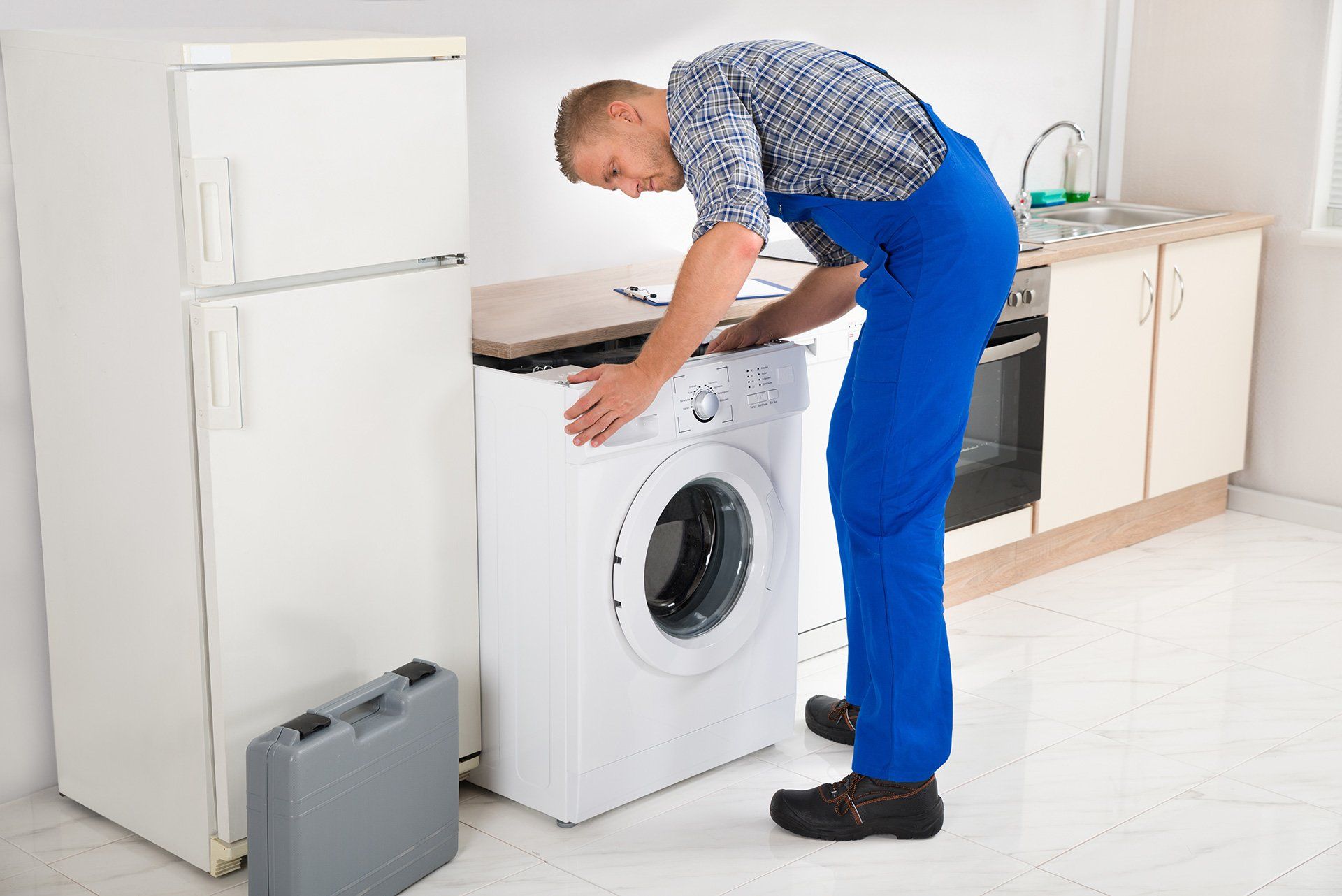
Shopping for home appliances can be a pain; comparing prices, finding the right brands, and understanding which appliance will suit your needs best is time consuming and confusing. However, there are many home appliance stores located in Victoria, BC that can help take the guesswork and confusion out of this process and help you to make the right choice. Whether you wish to shop online or in-person, these stores have you covered. Best Home Appliance Stores: There are a variety of home appliance stores in Victoria, BC to choose from, so you are essentially guaranteed to find one that will fit your needs. Below is a list compiled of the best home appliance stores in Victoria.
